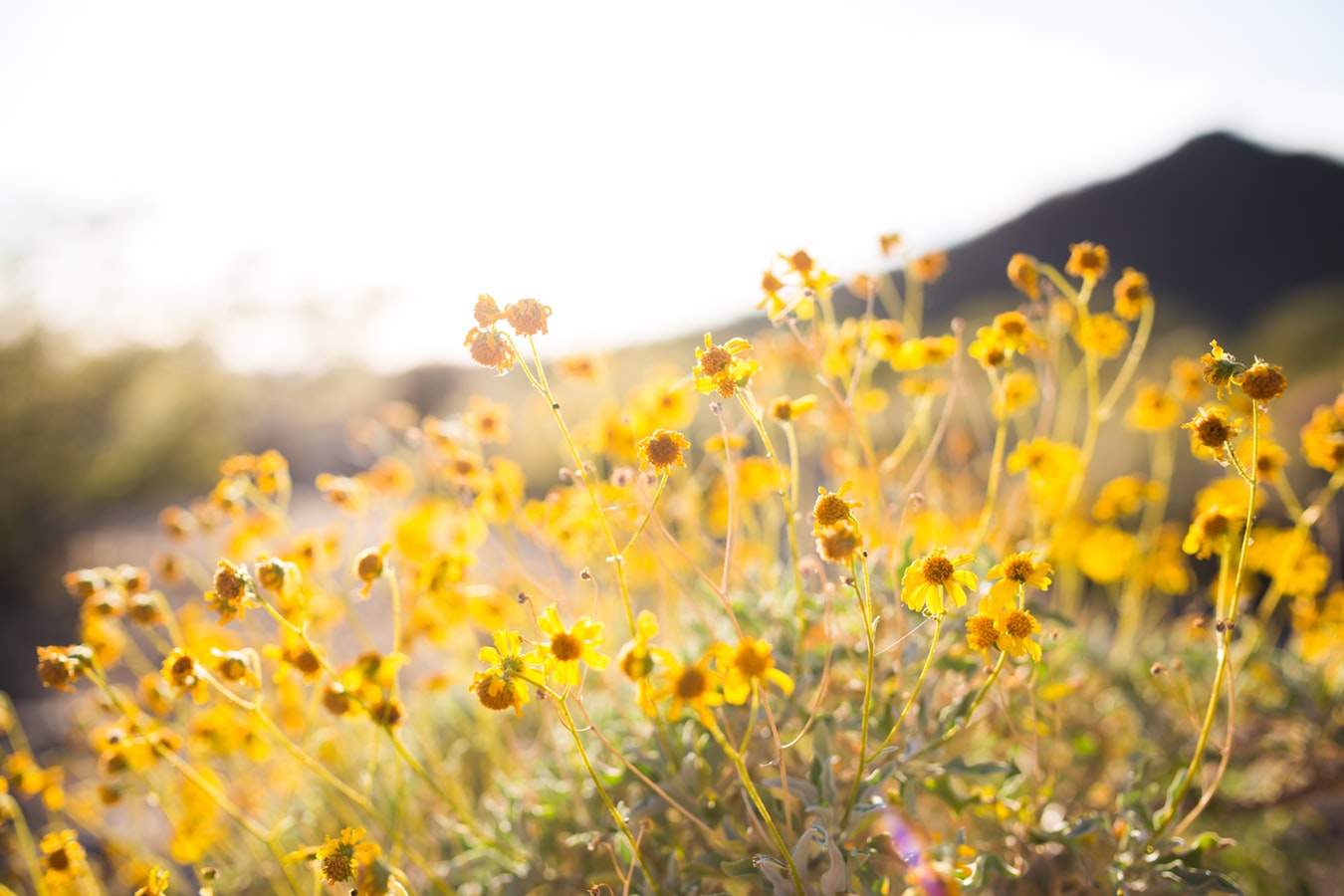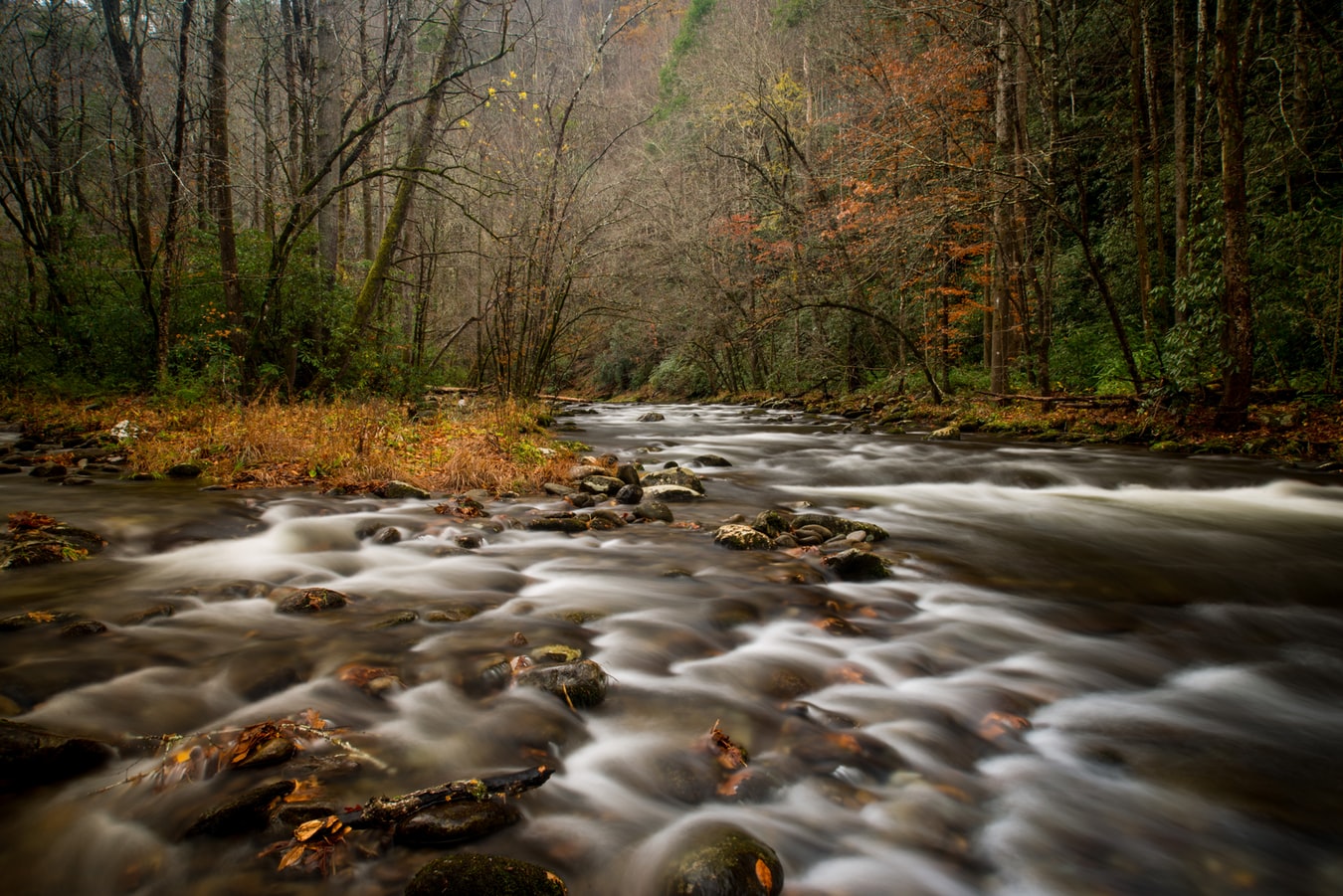Among the many ways to experience nature in the Smokies, wildflower blooms are one of the best. Every year in Great Smoky Mountains National Park, the spectacular annual display starts off in late February with spring ephemerals and runs through the summer months into fall. Below are a few places a wildflower lover must see when it’s springtime in the Smokies.
https://www.instagram.com/p/B8ZCQKeB7Hc/
The Sugarlands
The Sugarlands is a popular place for park visitors and the perfect beginning for a tour of Smoky Mountain wildflowers. The Old Sugarlands Trail and the Sugarlands Valley Nature Trail are both easy to access, located not far from the Sugarlands Visitor Center. Along these trails, you’ll find fringed phacelia and mayflower blanketing the forest floor in spring and early summer, with white trillium peeking through. Also in the area are bloodroot, spring beauty, and heal-all, to name a few.
Cove Hardwood Nature Trail
Cove Hardwood Self-Guided Nature Trail is one of the most highly recommended places for viewing gorgeous Smoky Mountain wildflowers. The trail loop begins just a little farther up Newfound Gap Road from the Sugarlands, at Chimneys Picnic Area. At the trailhead you’ll find brochures to guide you. The hike is not very strenuous, and the payoff is huge. March and April see large blooms of bloodroot and hepatica, while dwarf iris and several varieties of trillium come out in May and early summer.
https://www.instagram.com/p/Bvfl8U1AZGM/
Little River Trail
None of Smoky Mountain National Park’s 312 trails will have everything, but the Little River Trail is a solid introduction. From the trailhead in Elkmont Campground, the trail takes an easy upward slope along the Little River. Views of wildflowers along the trail are some of the best in the park. From mid-March through April, you’ll find violets, mayflower, rue anemone, dwarf cinquefoil, and stonecrop. Excellent opportunities for wildflower photography await you as well, with common sightings of exquisite beauties such as pink lady’s slipper.
Deep Creek
Another wildflower spot that won’t disappoint is Deep Creek. The whole area has appeal for the outdoor enthusiast, but for the wildflower viewer it is a paradise. Easy hikes along the Deep Creek and Indian Creek Trails will take you past a diverse sampling of the Smokies’ 1,500 wildflower species. In spring, you can expect to see jack-in-the-pulpit, various bluets, wild geranium, and Solomon’s seal, to name a few.
These are just some handpicked favorites from Great Smoky Mountains National Park’s hundreds of amazing wildflower spots. There is also the annual Spring Wildflower Pilgrimage, a late-April festival that celebrates the Smokies’ stunning array of wildflower blooms, during which you can check out these locations and countless others.
https://www.instagram.com/p/BTbofZKhd11/
Plan Your Spring Getaway
Eager to see these beautiful blooms on your own spring getaway? Check out the exclusive offers at Courtyard by Marriott Pigeon Forge and make sure you get the best rate.



